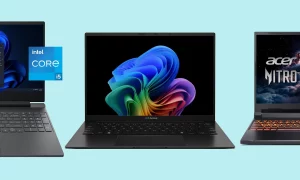Technology That Almost Made It But Failed Miserably
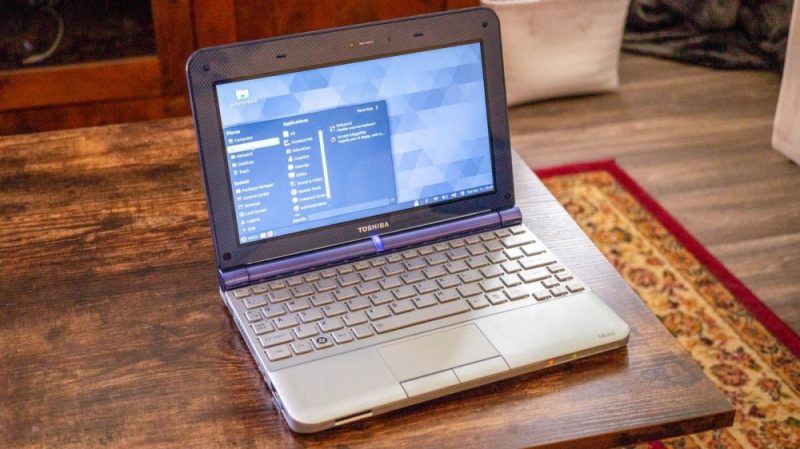
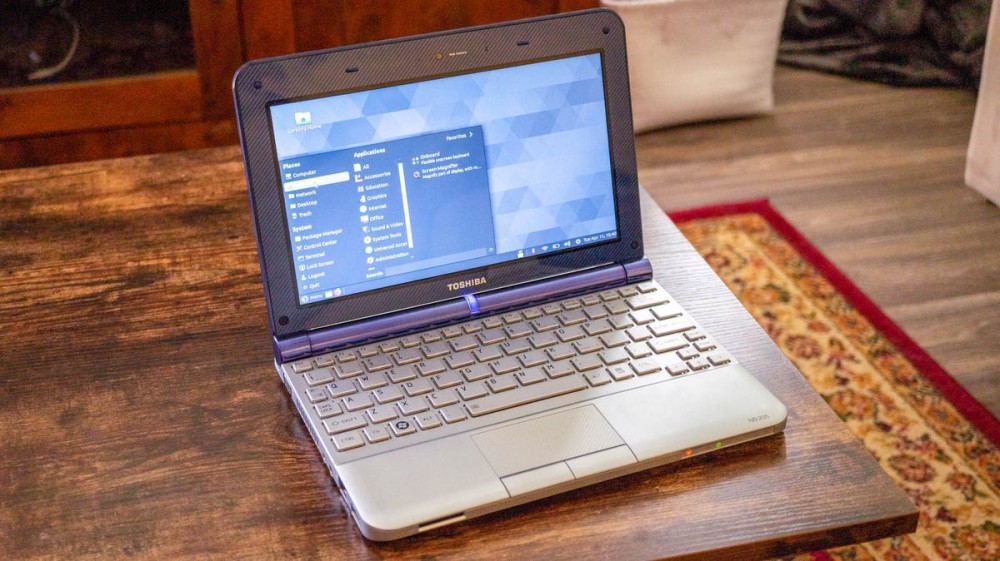
History is littered with devices that may have been great if the timing of their release was a little better. In some cases, technology wasn’t at a point where the device could do what it promised. In others, something better came along at the exact same time and blew the device out of the water.
Obviously, technology constantly evolves so they wouldn’t have been around forever. But we could have had a ten-year period where something equally as influential as a Walkman, or CD, or Chromebook existed. Here are some times when a good idea almost made it, but didn’t quite get things right.
Sony Got It Wrong Twice With the Minidisk
HD DVD lost out to Blu Ray
The Microsoft KIN was Competing in the Wrong Era
The Netbook was Another of Microsoft’s Failures
The Google Nexus Q Could’ve Been Better
There Are So Many More…
Sony Got It Wrong Twice With the Minidisk
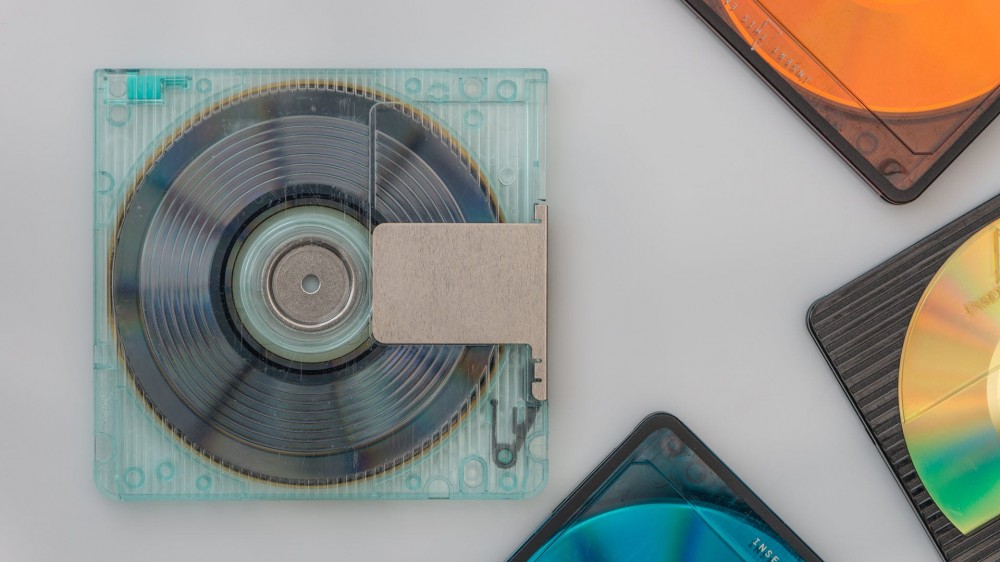
The Minidisk was developed by Sony and it first came out way back in 1992. The Japanese company spent a fortune developing it, but the concept itself was quite simple. Offer people the best parts of the two main media formats around at the time, CDs and cassette tapes, with none of the drawbacks. It boasted the increased audio quality of a CD, and the portability of a tape. It couldn’t unspool like a tape as it was a disk, and it was protected from scratches by a handy case similar to the one you’d see around a floppy disk. Unfortunately, like a lot of new tech, Minidisk players were initially ludicrously expensive, which meant not that many were sold.
Sony didn’t give up, and relaunched the format in 1998, hoping it would finally take off and experience similar levels of success to products like the Sony Walkman. Unfortunately, the timing couldn’t have been worse. Portability was a big plus point when it came to Minidisks, but the late 90s also saw the rise of the MP3 player. Do you know what’s smaller than a bunch of two-inch square plastic disks? Literally nothing. That’s all that people with MP3 players had to pack along with their ultra-portable music-playing device.
HD DVD lost out to Blu Ray
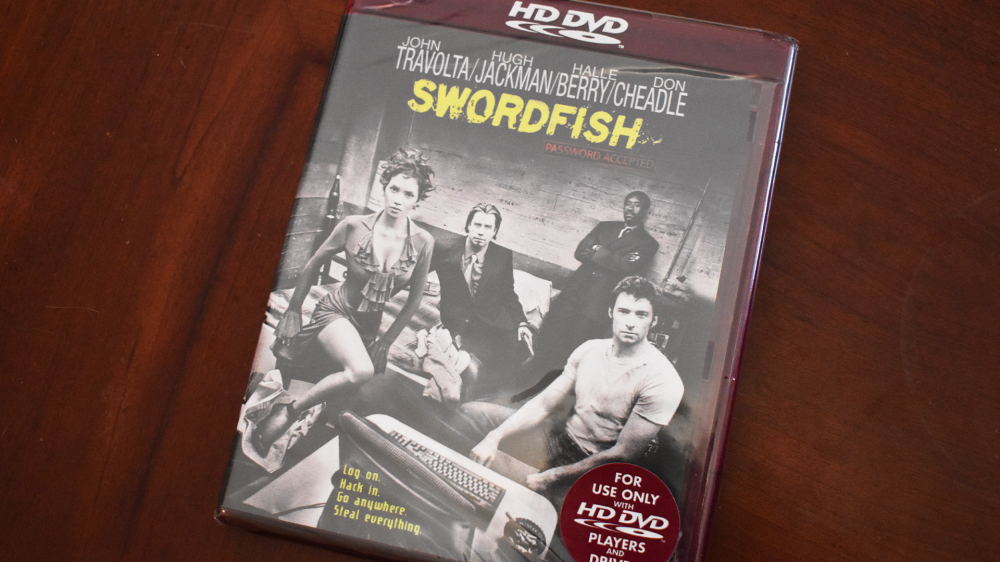
Even if you were born well into the DVD era, you’ll have heard people talking about VHS vs. Betamax and how VHS eventually claimed some level of victory in that war. For a couple of years, people were suggesting HD DVD vs Blu-Ray was a similar battle. But that really wasn’t the case, HD DVD lost badly, and quickly. Toshiba chucked in the towel just a couple of years after the format launched.
As with many other things, there was nothing inherently wrong with HD DVD. It pretty much did the same thing Blu-Ray did. But it went head-to-head with another format and got stomped for a number of reasons. Blu-Ray’s affiliation with PlayStation, another successful Sony product, gave it an edge. While deals Sony made with major movie studios all but ensured Blu-Ray became the era’s go-to HD format.
Betamax existed between the mid-1970s and the early 2000s; HD DVD didn’t last for a 10th of that. That said, it was probably doomed on a number of levels. Had it won the war against Blu-Ray, it would have to compete with online streaming a few years later — and Blu-Ray isn’t doing so well in that department.
The Microsoft KIN was Competing in the Wrong Era
The Windows Phone wasn’t Microsoft’s first failed foray into the potentially lucrative cellphone market. Back in 2010 the company released the “Microsoft Kin,” a device designed to ride the rapidly developing social media wave and make it easier to post to the likes of Facebook and Twitter. Or at least that’s what Microsoft had in mind. A small keyboard could be slid out of the phone, allowing users to type things out — a bit like on the Blackberry, which was popular at the time.
However, there were a few problems. First, the OS Microsoft used for Kin wasn’t particularly good. Then there was pricing. Kin cost the same as a smartphone and required users to purchase a data plan. However, they weren’t getting the features you would expect from a smartphone for that money.
There weren’t really any apps beyond social media tools. There was no app store to access either. Microsoft would move on from Kin, but its issues continued to haunt the company. The lack of apps would later cause issues for the “Windows Phone,” contributing to the failure of that platform too.
Then there was the iPhone 4, which did everything older iPhones did but a lot better, and was well on its way to revolutionizing the smartphone market. Blackberry, which was well-established and well-loved by this point, ended up losing out to the iPhone and its Android equivalents. In hindsight, KIN had absolutely no chance.
The Netbook was Another of Microsoft’s Failures
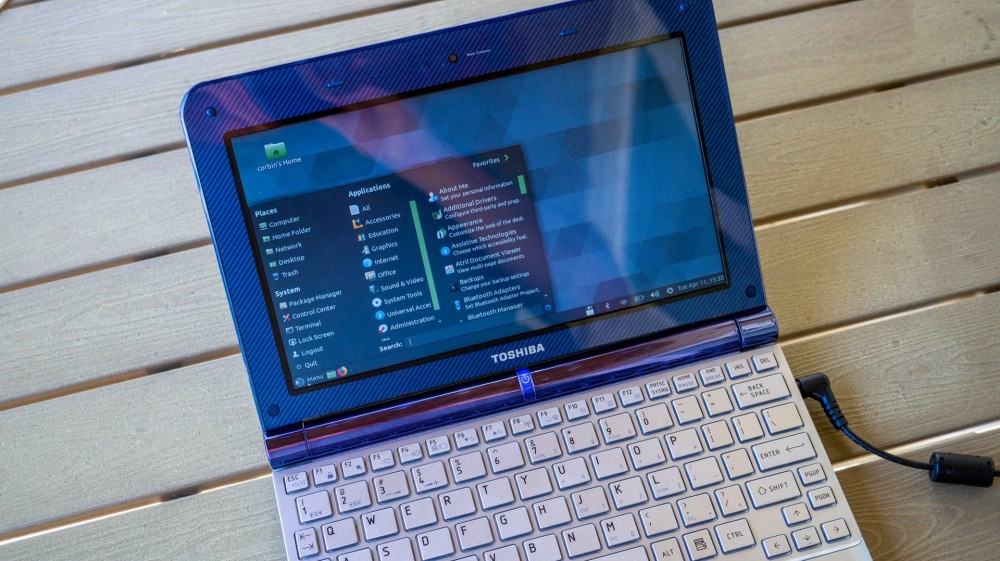
The KIN wasn’t Microsoft’s only failure. The Netbook, which was launched in the late 2000s, demonstrates that it’s possible to take a pretty good idea and get things badly wrong. Back when laptops could still be pretty bulky, the Netbook promised to be a small, portable laptop that you could buy fairly cheaply and use while you were on the move. Unfortunately, the concept may have been a little bit ahead of its time, as big hardware compromises had to be made, especially when attempting to hit a sub-$200 price point.
As a result, Netbooks were pretty awful, struggled to run Windows 7, and weren’t really pleasant to work on. Windows 8, which wouldn’t even work with most Netbooks’ displays, compounded the problems even further. There was also competition from increasingly more powerful Smartphones and tablets like the iPad, which made it possible to work on the go and actually functioned.
There is actually a lot of evidence that Netbooks were before their time. Hardware has come a long way over the last 15 years, so now you can build small, cheap, computers that aren’t completely awful. The Chromebook is a good example of this, it’s basically what the Netbook could have been if Microsoft got their timing a bit better.
The Google Nexus Q Could’ve Been Better
Back in 2012, Google decided to launch the Nexus Q. It was a home streaming system that could link an Android device to your TV, play music, and more.
The spherical device looked like the grandfather of a current generation Amazon Echo Dot, and while reviews were mixed, there was a certain level of hype surrounding the device. But a range of issues meant it somehow became one of Google’s many failed devices before it even properly launched.
For starters, the price was a problem. The device cost just shy of $300, and that price doubled if you wanted to pair it with its official bookshelf speakers and use Google-branded cables to link everything up. Apple and Roku both had similar devices on the market at the time, for a significantly lower price point.
The Nexus Q was also pretty limited when it came to what you could use it with. Google wanted the tablets and phones it interacted with to be on the Android platform, and the apps it streamed from were also Google’s own — like Play Music and YouTube.
As a result, some people who had placed early pre-orders got a version of Google’s home entertainment orb for free, while everyone else was told the launch would be delayed while they made adjustments based on customer feedback. A few months later, the company simply killed it and moved on.
There Are So Many More…
The list obviously doesn’t stop here. History is littered with plenty of other devices that ended up on the scrap heap because of design flaws, limitations of the time, or just pure bad luck. The Sega Saturn could’ve carried on the company’s dominant role in the console market, but pricing and launch timing, along with various other issues, meant Playstation and Nintendo ended up the console kings of the 1990s.
Apple has a lot to answer for too. The Motorola Rokr was going to combine iTunes and cellphones in a way that had never been done before. Then Apple did it themselves, and a lot better. Between acquisitions, their own tech write-offs, and market dominance — the fruit-logoed company has probably confined more tech to the great digital graveyard than anything else.
Getting in first also doesn’t mean getting it right. Years before Apple bought the company that actually created Siri, a voice assistant called Vlingo was making waves. Despite being pretty functional, working on both iOS and Android, and having machine learning capabilities, nobody uses Vlingo today. Distractions caused by patent lawsuits led to competitors catching up, and it was eventually acquired by a larger company before being shelved.
Again, this list could go on forever, and we’re likely to see many more. So remember, a piece of tech can seem game changing, or like a risk-free investment opportunity. But even if what you have is incredibly good, there’s a good chance we could be listing it as one of tech’s big failures in a few years’ time.



